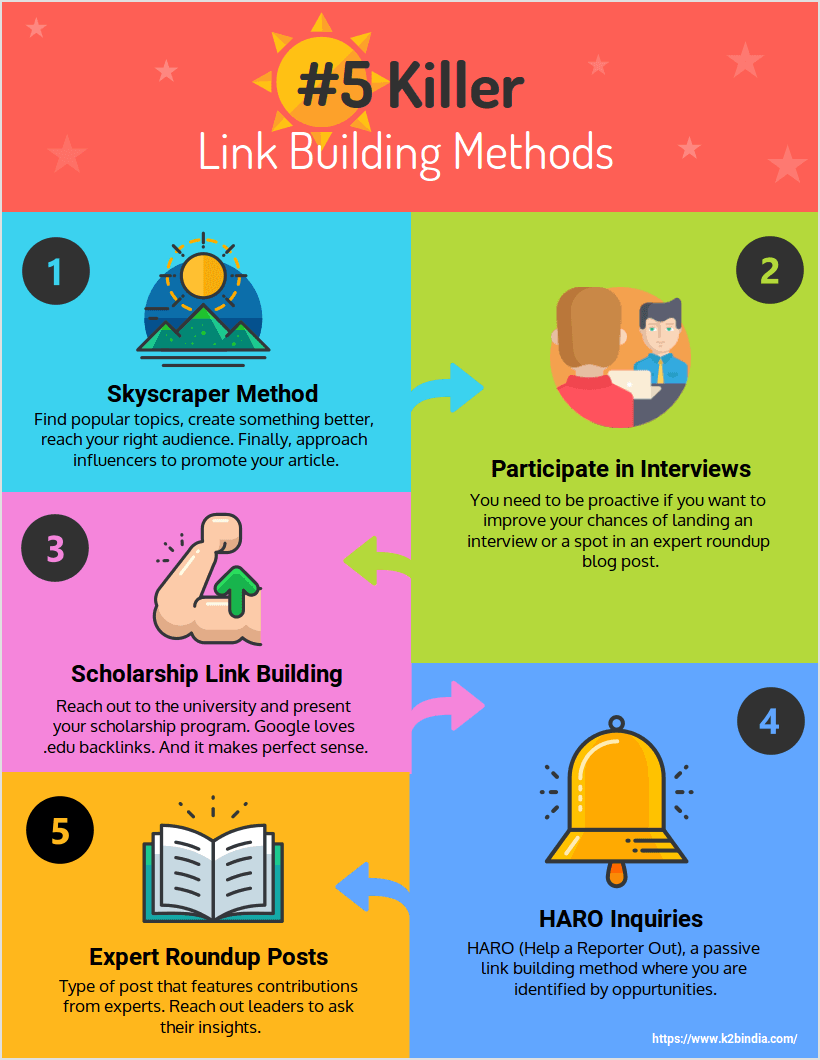


After the infographic is completed have students analyze and critique each other’s creations. Assign each student with a social issue, require them to analyze quantitative information (such as census data), and create an infographic that visually represents the problem (and maybe proposed solution). Many infographics are used to represent and explain a problem. Here are a few ideas: Common Core Infographic Activities 1) Social/Environmental Issue Infographic Educators can capitalize on the popularity of infographics and easy to use infographic generators to teach valuable literacy skills that are aligned with the Common Core in a fun and interesting way. In addition, social media outlets such as Instagram, Pinterest, and Tumblr streamline image sharing, allowing for wider infographic dissemination. In the last three years, infographic generators such as Piktochart, Easel.ly, Visual.ly, and Infogr.am were created. While infographics are not new on the education scene, new tools for creating infographic are.
TOOLS TO BUILD INFOGRAPHIC FOR KIDS HOW TO
Infographic design can help teach students how to properly find sources on the Internet and creatively amalgamate them into a graphic that helps others understand intricate information as well as discover new knowledge of their own. These handy little illustrations are not only fun to look at, but are tools with which to teach foundational English literacy and mathematical concepts. Infographics are visual representations of data and are intended to make complex information more understandable by enabling to viewer to graphically view trends, patterns, percentages, etc. One popular visual that is popping up all over the Web are information graphics, or infographics. Many tools for visual creation are freely available, making them a useful and cost effective instructional tool. No longer is robust illustration limited to graphic designers, analytics experts, and lucrative enterprises. Visual literacy, data visualization, and design thinking are buzzwords in the education rhetoric and are becoming more popular in the classroom partly because of the accessibility of visual creation tools. In a recent article in Phi Delta Kappan, Moeller discusses the use of visual thinking strategies to “strengthen students’ communication and critical thinking skills and creativity” (2013).


 0 kommentar(er)
0 kommentar(er)
